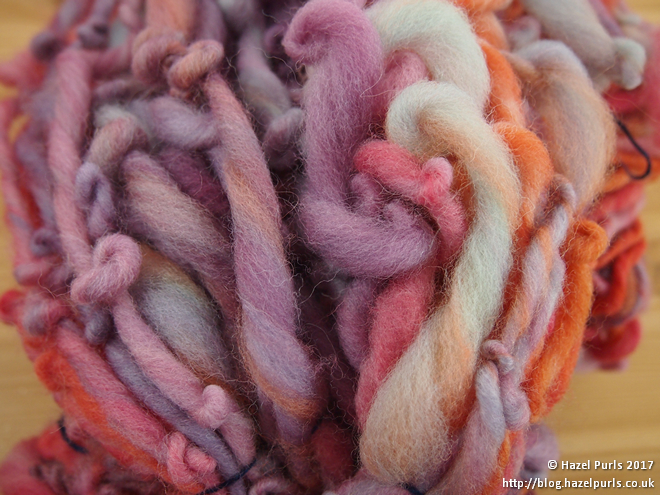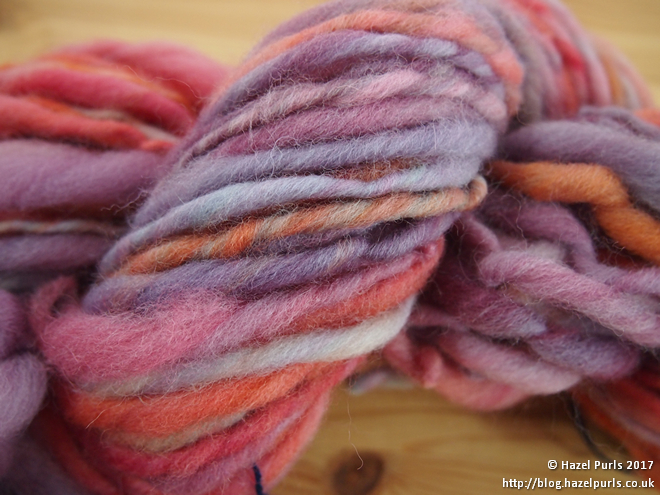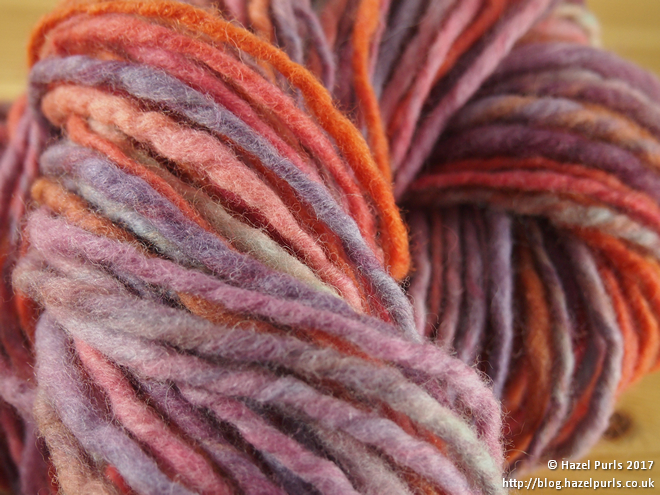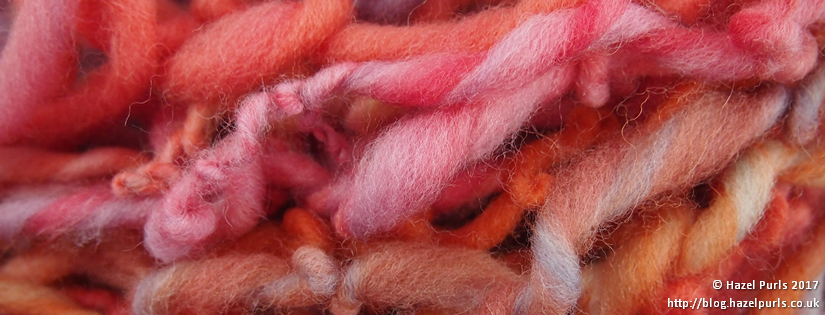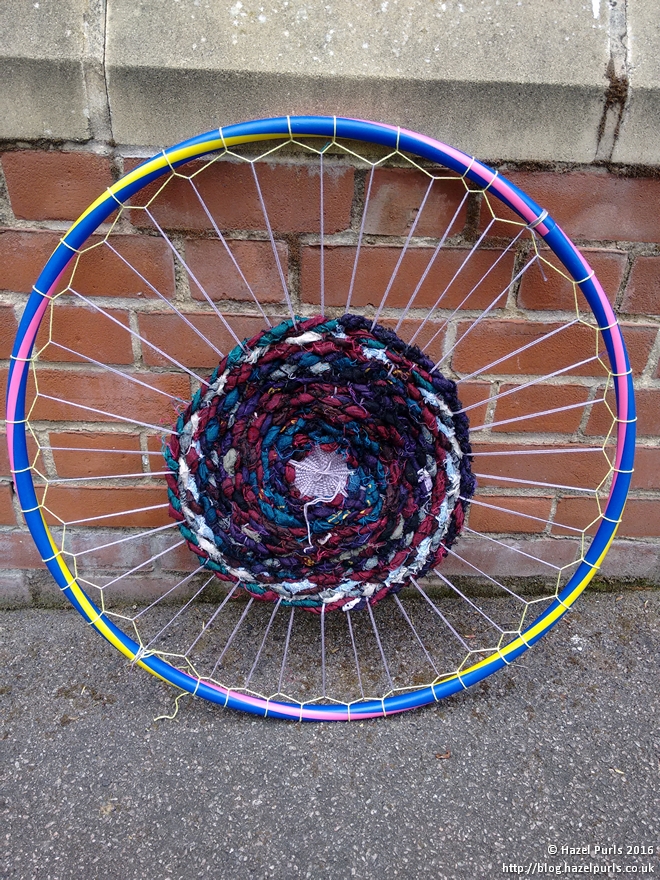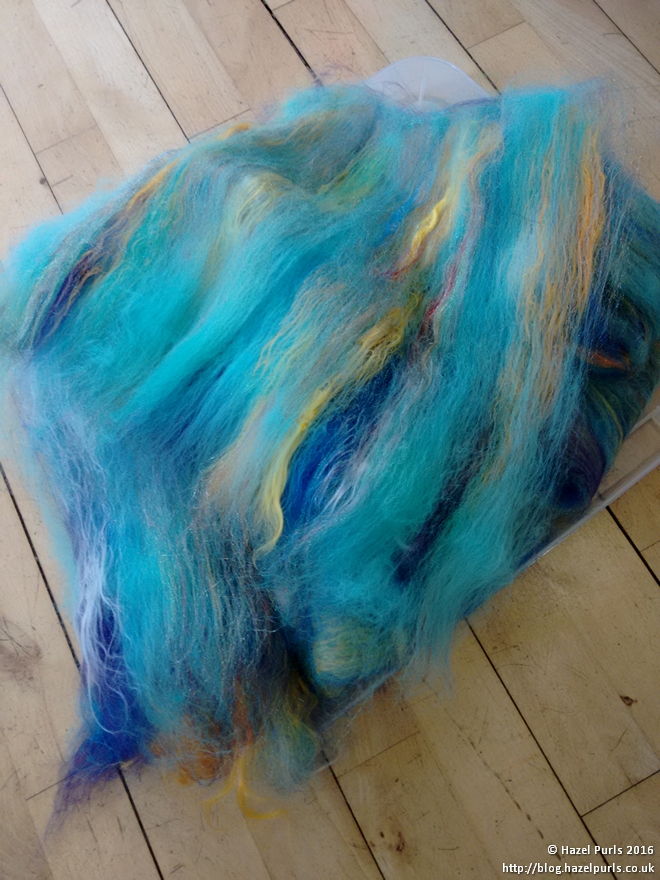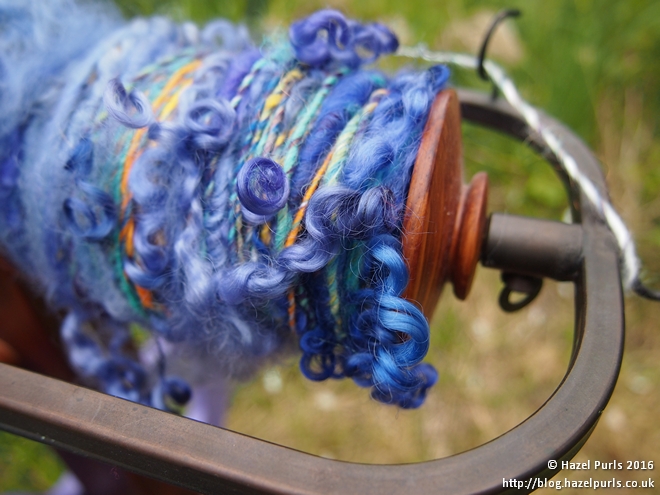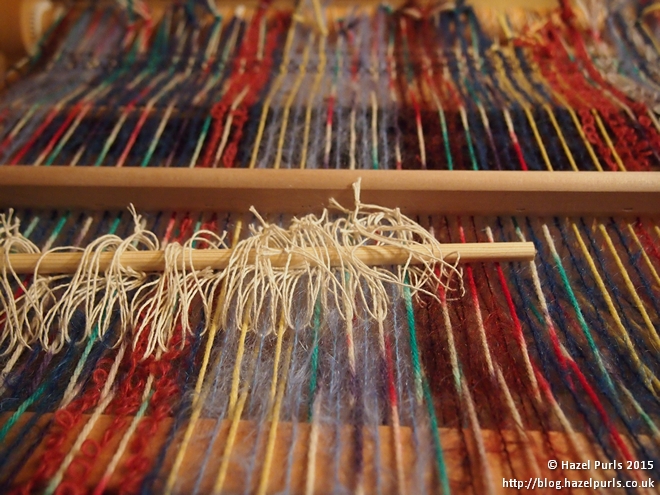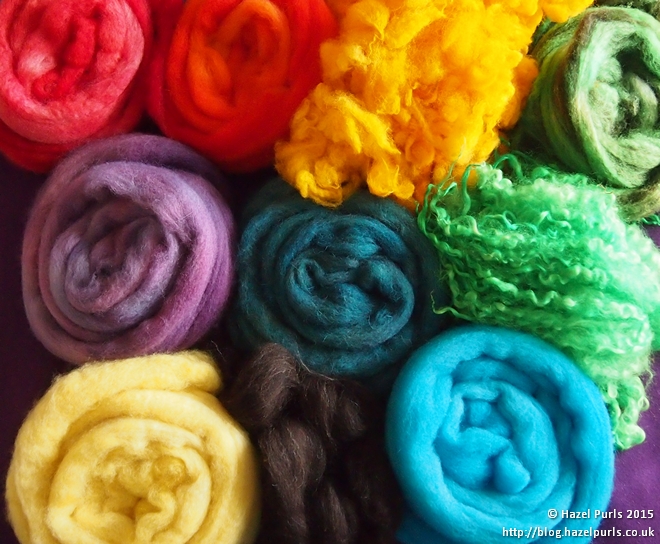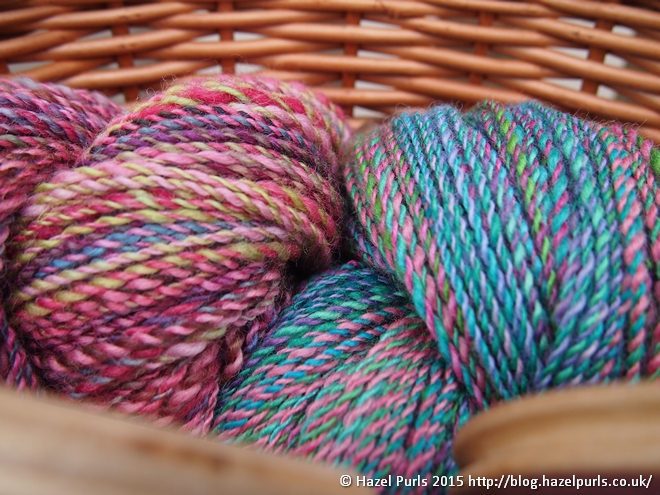This morning I woke before my alarm went off, looking at the clock and reading that it was seven I realised the inevitable and decided I needed to get up. I tried to turn the alarm clock off and was a little surprised to find I’d not set it last night.
My thoughts then ran as follows: “What needs doing? Get the children to school… pack lunch boxes… have I washed them from Friday yet? No I haven’t. How have I managed to get through a weekend and not wash them? Gosh that weekend was short! What did we do Sunday? Sunday? I don’t remember Sunday. I think today’s Sunday…”
At this point I checked my phone, and it agreed, blurrily, that it was Sunday.
I think my morning confusion may have been the lingering result of over-tiredness following a trip to Ikea and subsequent furniture building.
For a very long time my 4-shaft loom has been stored away because there hasn’t been anywhere suitable to use it. Eventually I realised that there was a space in the lounge behind the sofa, but I then couldn’t find a table the right size. I looked at the treadle kit and stand for it. But not only do I not want to use the treadles (it would still be a table loom, as there is only a one-to-one correspondence between the treadles and the shafts) but it is also incredibly expensive. I couldn’t find a table that was the right size either. The loom is around 74cm deep and nearly a metre wide, and getting a table to accommodate it, that wasn’t too big, was proving tricky. I had been considering making a table top and getting trestle legs from Ikea to make a table, but the space between the legs would be inadequate, and so my loom continued to sit, unused.
Then as I planned a trip to Ikea (the aim of which was to buy something to store my son’s lego, now organised into colours) I spotted a new table. 74cm deep and 125cm wide. A little wider than ideal1, and I’ll admit a little more than I’d really wanted to pay, but it had been a long time, and a table loom isn’t a cheap tool to have sitting unused. So on Friday evening a table was bought in Ikea (along with the inevitable random purchases that get you looking at the end bill in amazement) and I drove home, much, much, later than I had envisaged, with a full weekend of other commitments ahead of me.
So it was on Wednesday when I finally got around to building the table. Then I got the loom on it, thought for a few moments and decided it was time for new challenges and whipped off the old weaving (rescuing a section of completed overshot) before dusting it down and starting to plan a new project. By the evening I’d found the free pattern drafting software I’d used before (it’s called Weave Design and is available from here) dived into my stash and found some promising 4 ply yarn, done some sums on the back of an old letter, retrieved the home made warping board from its hiding place, and wound a warp of 13′ 8” tied it up in all the right places (and a few extra ones just in case) and chained it up ready for the next stage.
Thursday, was spent winding on the warp (including finding suitable paper, and then some more card when that ran out) and threading the heddles (I really believe there must be a quicker way to do this bit, it does seem to take a long time, even with under a hundred ends). Before I went to bed I tied string around the shaft pedals to stop the children playing with them (it turns out this wasn’t enough, as the children just lifted the shafts manually, without the pedals, but fortunately didn’t dislodge any of the knots holding the threads in place).
Friday I sleyed the reed (so quick compared to the heddles) and tied the warp onto the front beam, using the same method I recently used on my rigid heddle loom, wove a header, wove a little more to test the threading and then got underway…

I’ve not had much time over the last couple of days to make more progress, but I’m really enjoying having my loom back in operation. I’d barely got into spinning before I bought the table loom, so my spinning has progressed a very long way (including into fancy textured art yarns) and I now need to work out how my yarns and my loom are going to play together.
1 – It turns out the table isn’t too wide. There are 6 inches on each side of the loom. Just the right amount of space to bolt an anglepoise lamp on one side, clamp my swift on the other (for somewhere to store it when not in use) and to keep useful tools (like scissors and tape measure) to hand.
